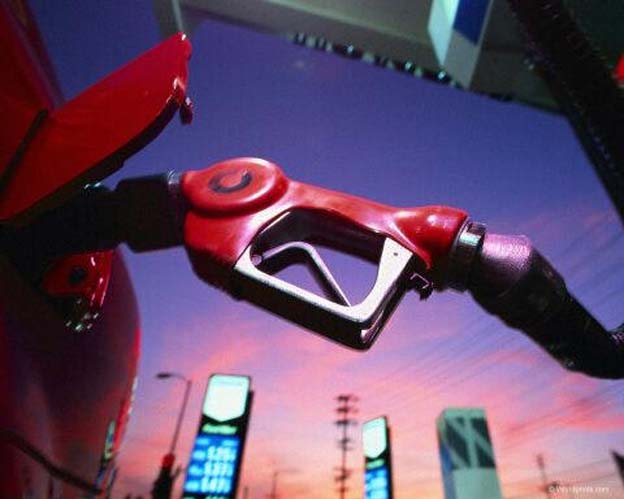The U.S. auto industry set a new fuel economy record in 2022, according to the EPA – though Detroit’s Big Three automakers lagged both foreign-owned brands and domestic start-ups. It marked the biggest improvement in mileage in nine years.
The typical vehicle sold in the U.S. delivered an average 26 miles per gallon last year, the Environmental Protection Agency reported, a 0.6 mpg improvement over 2021. The EPA is forecasting another increase, to 26.9 mpg for 2023.
“As the United States accelerates towards a clean transportation future, today’s report highlights the historic progress made so far by the industry to reduce climate pollution and other harmful emissions,” said EPA Administrator Michael Regan.
Even SUVs post improvements
Fuel economy numbers have, on the whole, risen sharply in recent decades, though they flattened out between 2021 and 2022. Part of the challenge for the industry has been keeping the upward momentum going even as American motorists by the millions have migrated from sedans and coupes to heavier and less aerodynamic SUVs, CUVs and pickups.
Sedans accounted for just 27% of U.S. new vehicle sales in 2022, according to the EPA, half of the 54% share for utility vehicles.
But “most vehicle types” hit new mileage records last year, the EPA said in its annual fuel economy report. SUVs gained 2.4 mpg in 2022.
Cleaner air
Higher mileage numbers translated into lower CO2 emissions – which fell 3% to their lowest level ever. Since 2004, said the EPA, real-world CO2 emissions have tumbled 27%, while the average vehicle’s fuel economy rose 35%.
The overall numbers were boosted by electrified vehicles, including EVs, plug-in hybrid, conventional hybrid and hydrogen fuel-cell vehicles which collectively accounted for 7% of the market last year, and had an average 1.2 mph increase in adjusted mileage numbers. That helped deliver a 22 gram per mile reduction in CO2 emissions for the overall U.S. 2022 model year fleet.
More green car news
- Here’s what it was like to stay charged up while driving the Mustang Mach-E 1,800 miles
- Canada going 100% EVs by 2035
- Tesla recalls 2 million EVs due to Autopilot defects
Laggards and leaders

Detroit automaker lagged the pack, in part due to their heavy dependence on gas-hungry pickups like the 2022 Ford F-150 Tremor.
All 14 of the largest manufacturers tracked by the EPA met federal standards in 2022. But there’s an asterisk here. Some of those automakers had to purchase credits, notably from EV market leader Tesla, to come into compliance. That included Stellantis, General Motors and Mercedes-Benz.
Detroit’s Big Three automakers had the biggest challenge meeting fuel economy standards last year. Stellantis posted the lowest mileage numbers for 2022, followed by GM and Ford.
Part of the issue is that the three domestic brands are the largest producers of full-size trucks – which generally have some of the lowest fuel economy numbers recorded by the EPA. But they, like the rest of the industry, still reported gains in mileage, even though vehicle weight, size and horsepower all hit new records.
Tough targets to come
Under the Trump administration, the EPA and the U.S. Department of Transportation – both of which oversee fuel economy numbers – rolled back the Corporate Average Fuel Economy standards. They reversed course when Joe Biden moved into the White House.
New standards laid out by the EPA last April call for a 56% reduction in fleet average emissions between 2026 and 2032. The agency expects that to lead to a rapid shift to electrified vehicles, with 67% of those sold by 2032 being zero-emissions vehicles.
Hybrids, plug-ins, EVs and fuel-cell vehicles accounted for about 7% of the new vehicles Americans bought last year, said the EPA, up from 4% in 2021. Despite a slowdown in growth this year, the agency projected they will collectively account for 12% of the market when 2023 data is compiled.
“This trend will likely continue as EV production is expected to grow across the industry in coming years,” a report summary stated.










0 Comments